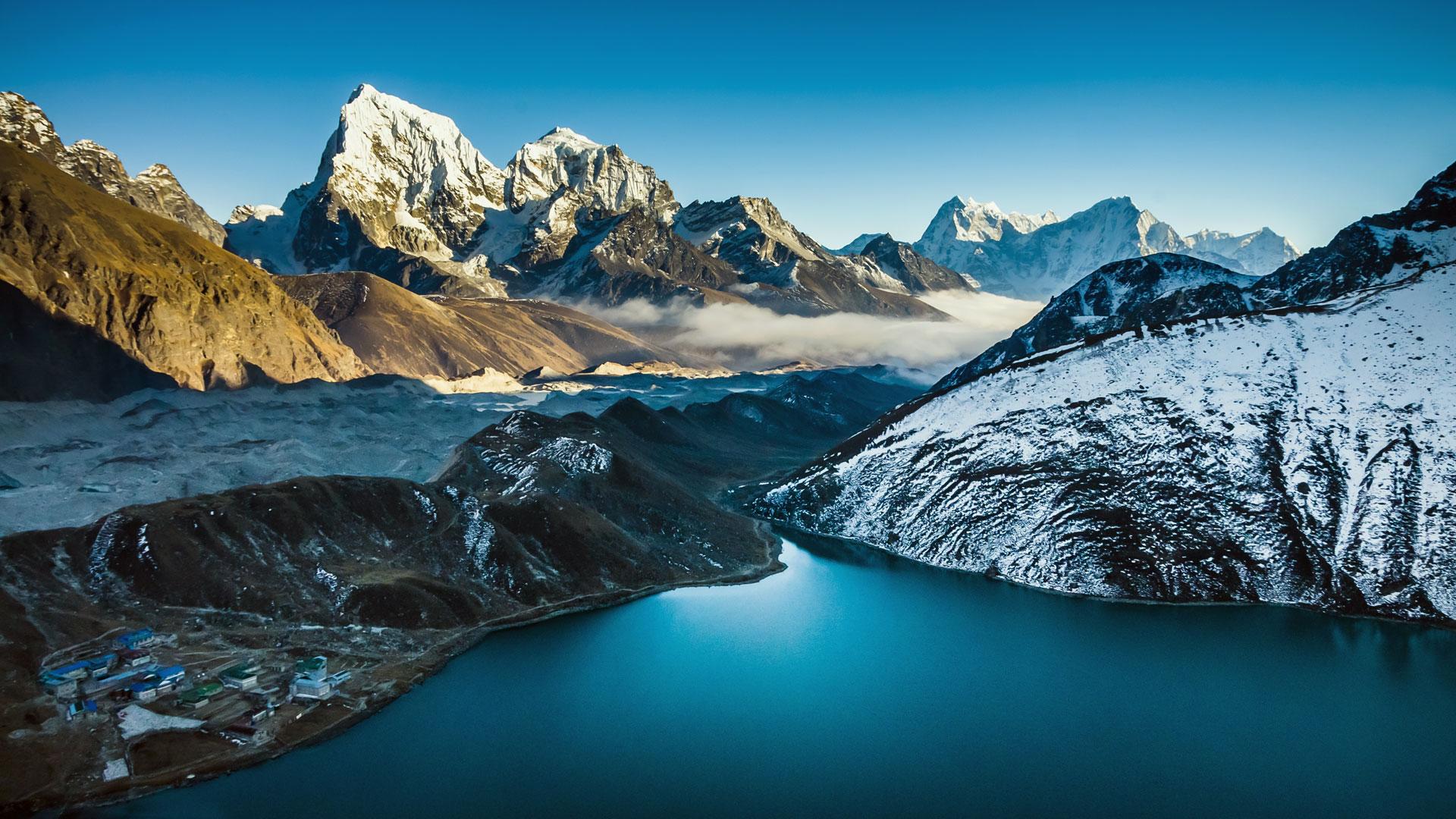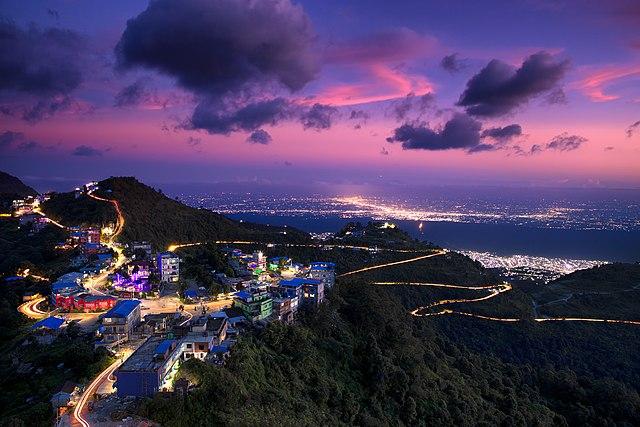Tsum Valley trek
- Author : Surbi
- Date : 27th September, 2024
- Time : 1 Min Read
- Euphoria
- Blog Detail
If you are looking for a different trek in the Nepal Himalayas, why not take a trip through the remote and secluded Tsum Valley?
It has been open to trekkers for less than 20 years, so it is not as accessible or well-known as classic treks in other parts of the country. This 11-day trek does not involve any flights; it is one day’s drive from Kathmandu.
Taking us through stunning landscapes up near the Tibetan border with Nepal, the Tsum Valley Trek introduces us to Tibetan lifestyles and culture with the many gompas and monasteries we pass through.
As we may expect up so far north, the trails are mainly at elevations over 3,000 m / 9,842 ft, and the views of the mountains are unique. Some of the mountains include Mt Manaslu itself, at 8,163 m / 26,781 ft, Ganesh Himal 7,140 m / 23,425 ft, and Himalchuli 7,893 m / 25,895.
A high level of fitness is required for this trek, as the altitude is high, the days are long, and accommodation on the trail is quite basic. Stamina and a sense of adventure are definite advantages!
As we trek through the Manaslu Conservation Area not only do we meet Buddhist monks and yak herders, but we also run the possibility of meeting some of the wildlife that makes its home in this area. Red pandas, Snow Leopards, and Blue Sheep are unique mammals in this area. Plenty of birds and interesting flora also add to the flavor.
If this sounds like a place you would love to visit, read on!
Tsum Valley Trek Outline Itinerary
Day 1: Kathmandu to Macha Khola (Drive)
Macha Khola – 930 m / 3051 ft – 8 hrs
Day 2: Maccha Khola to Jagat
Jagat – 1340 m /4396 ft – 6 hrs
Day 3: Jagat to Lokpa
Lokpa – 2240 m / 7349 ft – 5 hrs
Day 4: Lokpa to Chumling
Chumling – 2386 m / 7828 ft – 5 hrs
Day 5: Chumling to Chekampar
Chekampar – 3031 m / 9944 ft – 6 hrs
Day 6: Chekampar to Nile
Nile – 3361 m / 11026 ft – 6 hrs
Day 8: Nile or Mu Gompa to Chumling
Chumling – 2,361 m / 7,746 ft / 5 – 6 hrs
Day 9: Chumling to Philim
1,570 m / 5,150 ft / 6-7 hours
Day 10: Philm to Macha Khola
Soti Khola 800 m / 2,395 ft – 6-7 hrs
Day 11: Macha Khola to Kathmandu
Leave A Comment:
Author
Related Blogs
1 min read
by Prasiddha Kc
Gokyo Lake
The Gokyo Lake trek is a traditional and revered journey, renowned for its magnificent views of mountain peaks and the impressive Ngozumpa Glacier, th...
1 min read
by Swostika
Tsho Rolpa
Tsho Rolpa Lake trek is a beautiful trek in Nepal that takes trekkers around the high range of Rolwaling Valley in the East-Central part of Nepal....



